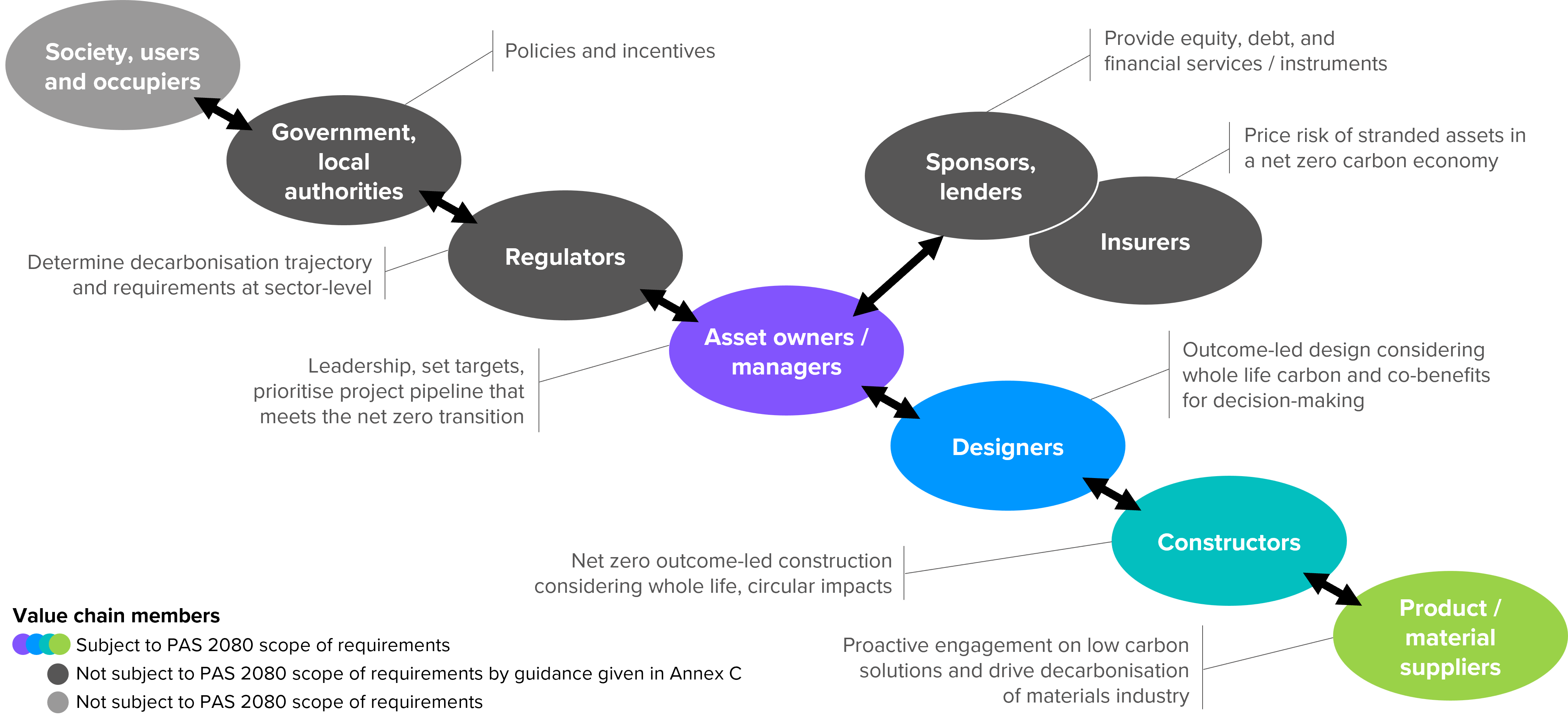
Technology drives creativity and quicker, more cost-effective projects. A step change for our industry.
See how we connect innovation to outcomes.

Expert insights on issues that transform business, increase sustainability and improve lives
Topics
Here’s a snapshot of what we’re thinking about. Explore these highlights or view the full library to dive deeper into the ideas shaping our work.

Meet some of our passionate problem-solvers, constructive creatives and inspiring innovators

- Innovating design
The key message that Nick Dempsey, technical director for water at Mott MacDonald, demonstrated in his presentation at our Auckland Carbon Crunch event was that we all must play our part in reducing carbon.
As we aim to reduce carbon emissions in infrastructure, setting ambitious goals is essential, but action from all stakeholders is crucial to achieve meaningful change. This concept is vividly illustrated by the value chain members diagram from PAS 2080, which highlights the necessary push and pull from all parties involved in infrastructure delivery.
Regulators must set stringent goals and requirements, while asset owners need to provide leadership and set clear targets. Designers play a pivotal role by specifying outcomes and solutions that minimise whole-life carbon. Meanwhile, constructors must consider their impacts and demand low-carbon products, and the supply chain must respond by investing in innovative technologies.
While operational carbon emissions are important, New Zealand's renewable energy supply, while not perfect, increases the importance for us to focus on embodied carbon in construction. In some baselined programmes of work, the contribution of embodied carbon equates to 50% of emissions.
Designers must challenge traditional approaches and consider alternatives that avoid unnecessary construction. For example, instead of building a new stormwater pipeline, we could explore options like daylighting streams or reusing existing assets.
It's also crucial to work closely with the supply chain to understand and implement the latest low-carbon technologies. Continuing to specify products that were business as usual on the last project is not enough; new low carbon solutions must continue to permeate through projects.
The push and pull dynamic is evident throughout the process; from setting goals to implementing solutions, every link in the chain must be engaged and proactive. This also extends to asset owners, which may be required to take bold steps when adopting new technologies and materials.
Overseas experience and local New Zealand capital carbon baselines using the Carbon Portal have identified concrete and steel as key emission hotspots in delivering infrastructure. Addressing these areas is a vital first step for reducing overall emissions.
As we continue to innovate and collaborate, we must encourage each other to challenge the status quo. By doing so, we can collectively drive down emissions and create a more sustainable future for our infrastructure.
You might also be interested in

Amanda Bryan
New Zealand
Amanda Bryan
Technical director, environment and society

